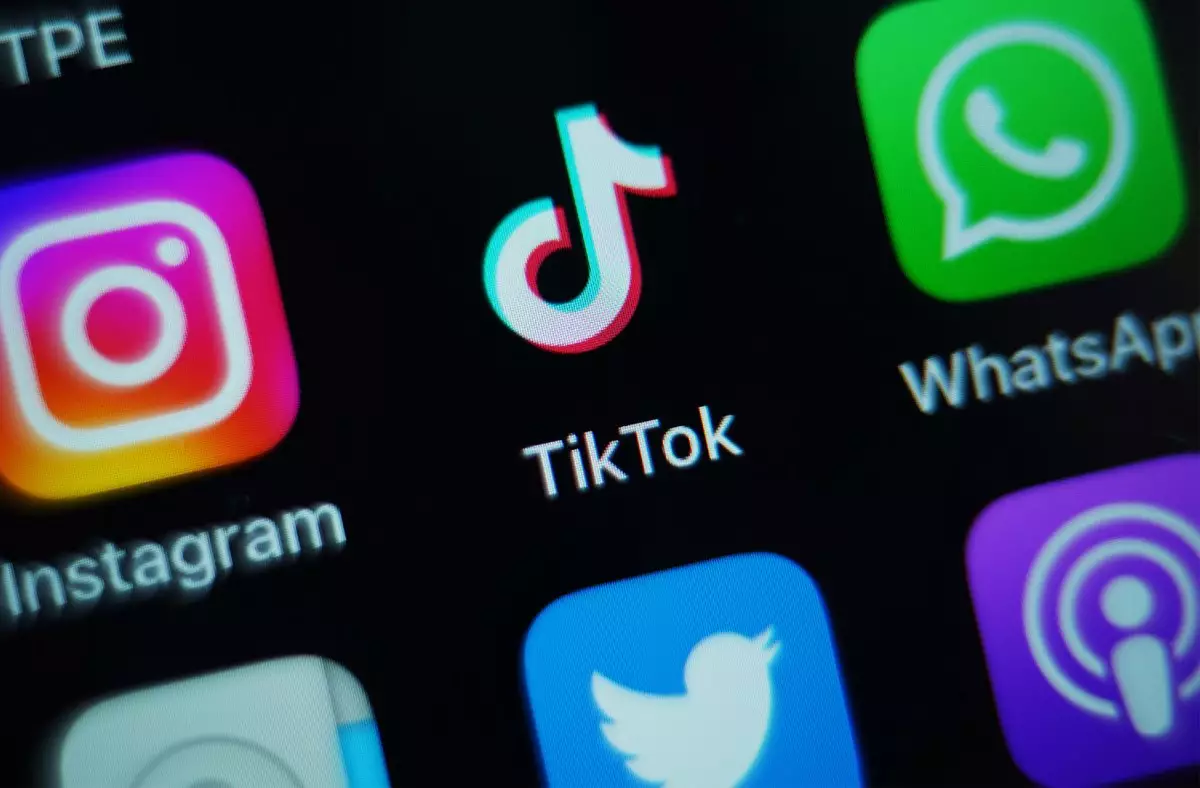TikTok, alongside its Chinese version Douyin, has achieved an unprecedented milestone in 2024 by becoming the first non-gaming app to generate a staggering $6 billion in in-app purchase (IAP) revenue within a single calendar year. This achievement highlights not just TikTok’s unparalleled popularity but also its effective monetization strategy that engages users while encouraging them to spend. According to a recent report by app intelligence firm Sensor Tower, TikTok’s IAP revenue soared to an extraordinary $1.9 billion in just the fourth quarter, a figure that positions it as a leader in the app economy.
In the ever-competitive landscape of mobile applications, TikTok’s financial success starkly contrasts with its closest peers. The report indicates that only a handful of other applications, notably YouTube and Google One’s subscription service, came close to TikTok’s fourth-quarter revenue total. The app’s performance not only solidifies its position at the pinnacle of the non-gaming sector but also demonstrates a remarkable increase from $4.4 billion in IAP revenue recorded in 2023. Such a leap in financial performance is indicative of a surging user base willing to invest in the app’s creator economy, sparking a ripple effect across the industry as competitors strategize to capture similar engagement and financial returns.
While TikTok led the charge in revenue, its download metrics tell a different story for Q4 2024, where the app ranked second, following Instagram. The amusing aspect of this statistic underscores the nature of the app economy, where revenue generation does not always correlate with download volume. TikTok’s place as a primary influencer of the creator economy, where users purchase virtual gifts for creators, underscores its unique value proposition. This model allows content creators to monetize their engagement with audiences while simultaneously enriching TikTok’s revenue inflow.
Delving into the operational framework of TikTok and Douyin reveals significantly different landscapes dictated by regional preferences and regulatory constraints. While both platforms focus on short-form videos, Douyin offers a tailored experience designed for the Chinese market, adhering to strict regulations and heavily emphasizing e-commerce functionalities. This dichotomy raises questions about the comparability of metrics between the two platforms, as Douyin operates under an environment with distinct challenges and opportunities.
TikTok’s path has not been smooth, facing significant political headwinds, especially in the U.S., where former President Trump’s administration caused uncertainty about the app’s future due to national security concerns. The subsequent delay of a potential ban illustrates the complex interplay of technology, politics, and user trust within the app ecosystem. Nevertheless, with its recent revenue achievements, TikTok has proven its resilience and ability to navigate external challenges while fostering a vibrant ecosystem for both creators and consumers alike.
As TikTok continues to break its own revenue records and navigate the multifaceted dynamics of the global app market, it reinforces its role as a juggernaut in shaping the creator economy. With each milestone, TikTok not only cements its dominance among non-gaming applications but also sets a precedent for how digital platforms can harness consumer engagement and spending, making its financial trajectory one to watch in the years to come.

